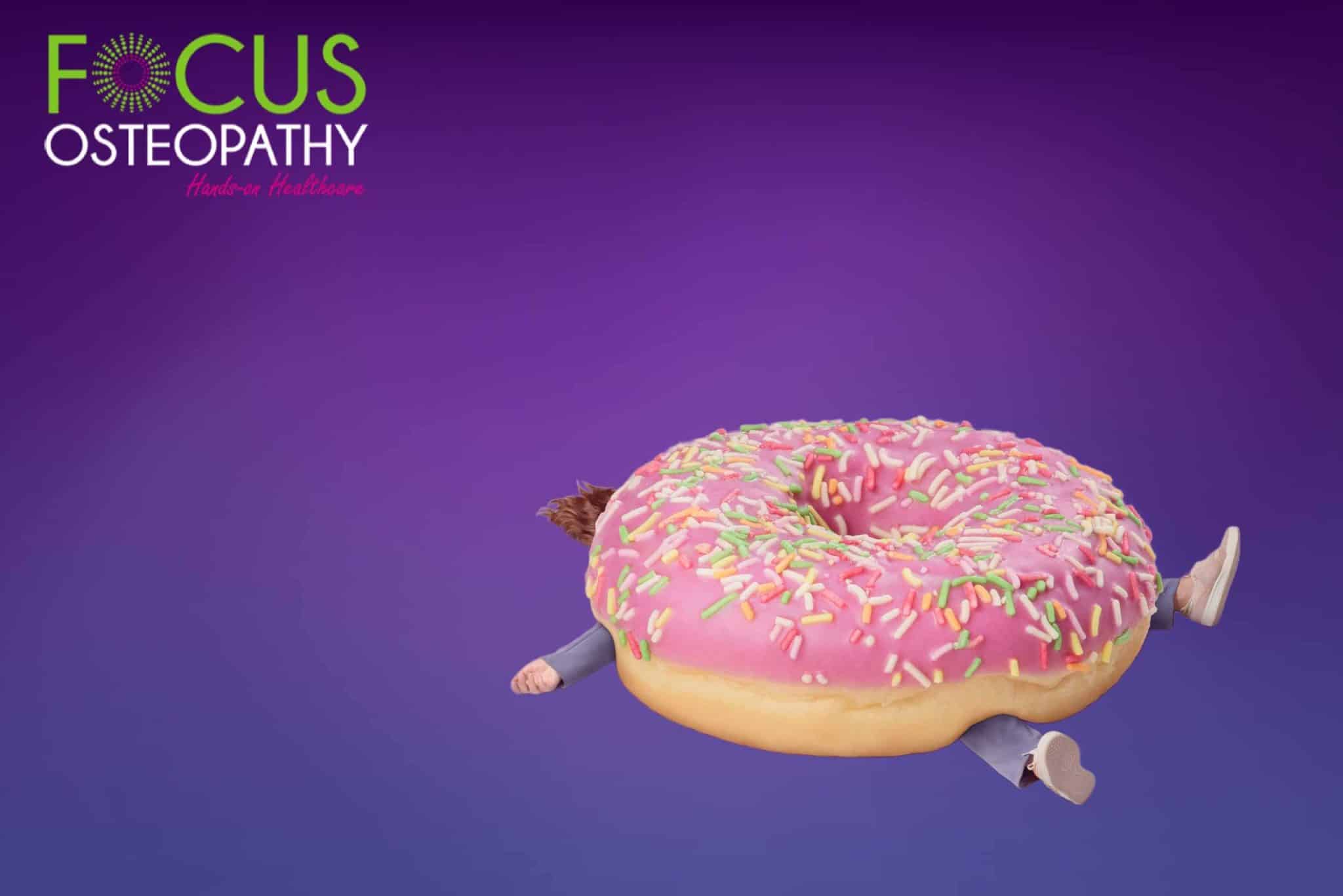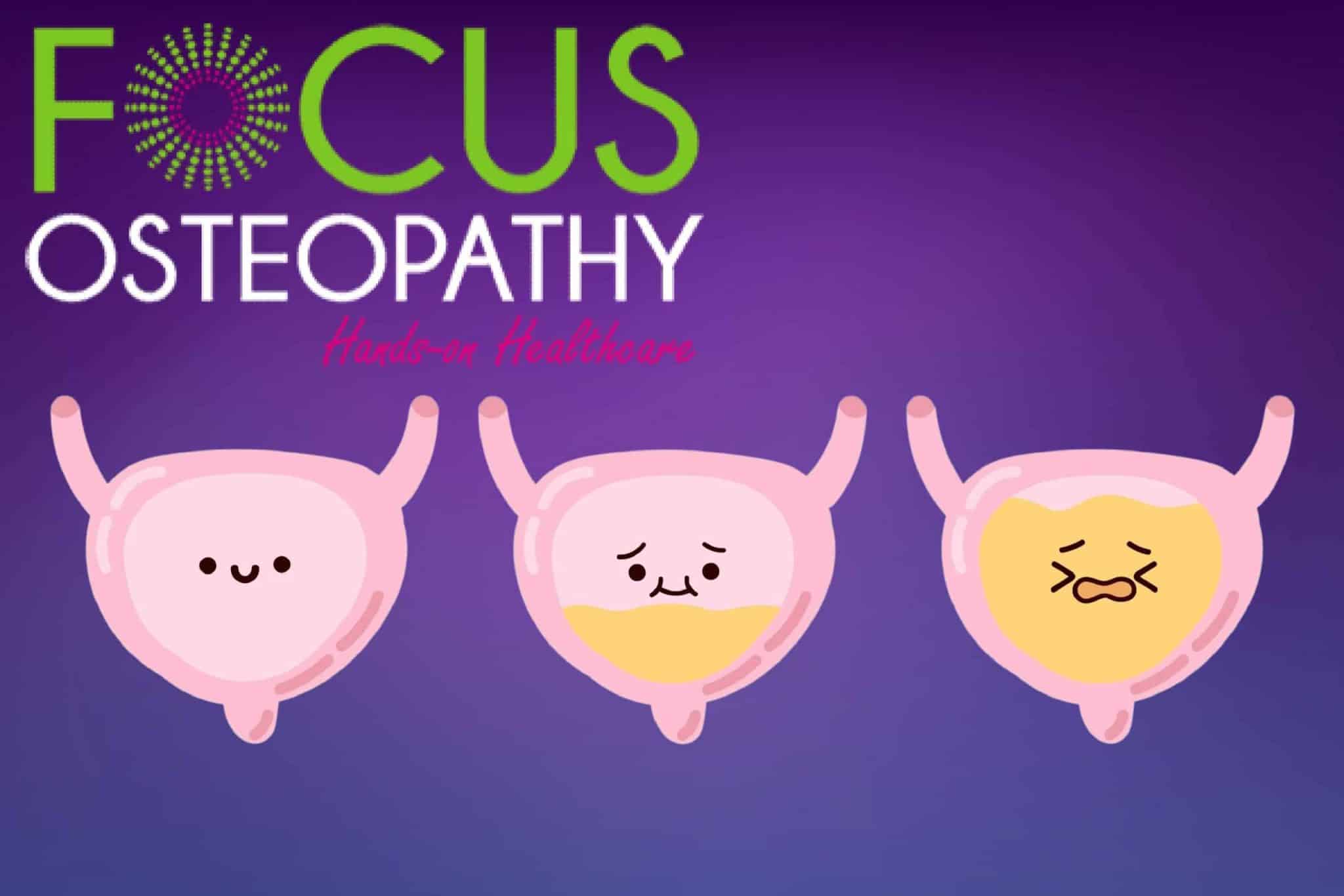Why Blood Sugars are Important for Your Health
The Importance of Maintaining Blood Sugar: Our Body’s Carefully Engineered System. Whether you’re diabetic or not, blood sugar levels are surprisingly important in dictating your overall health. Sugar isn’t just something you add to your morning coffee. You’ll also find it throughout your entire circulatory system and within the cells of your body. This is … Read more



